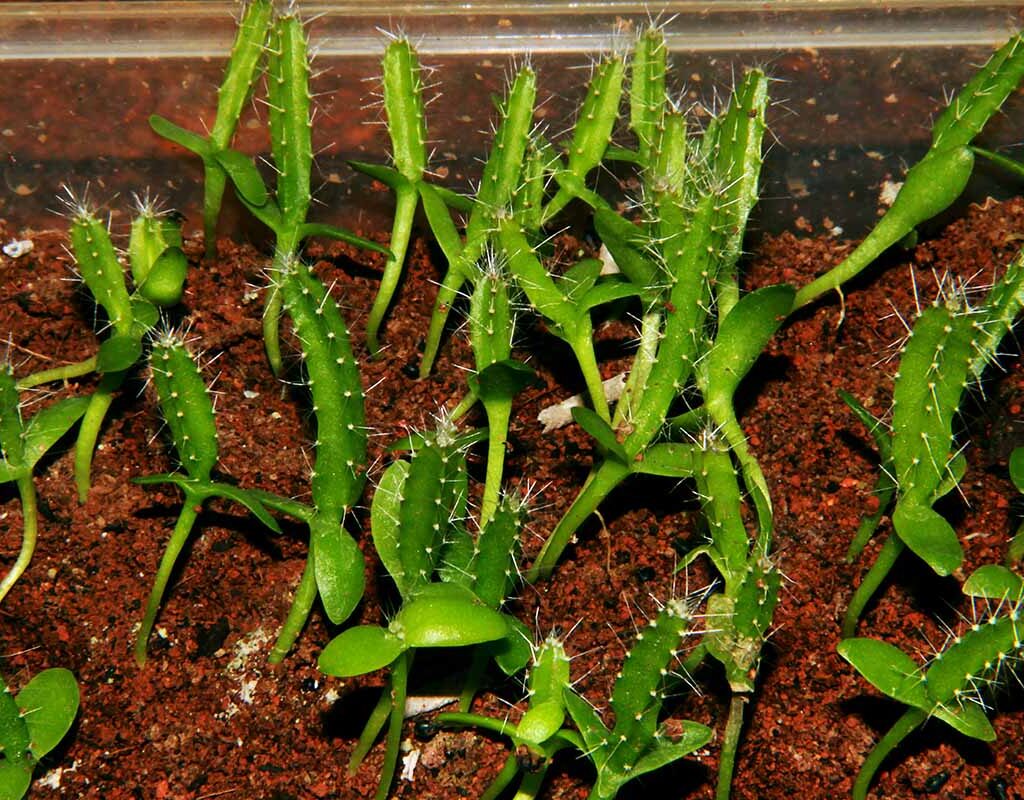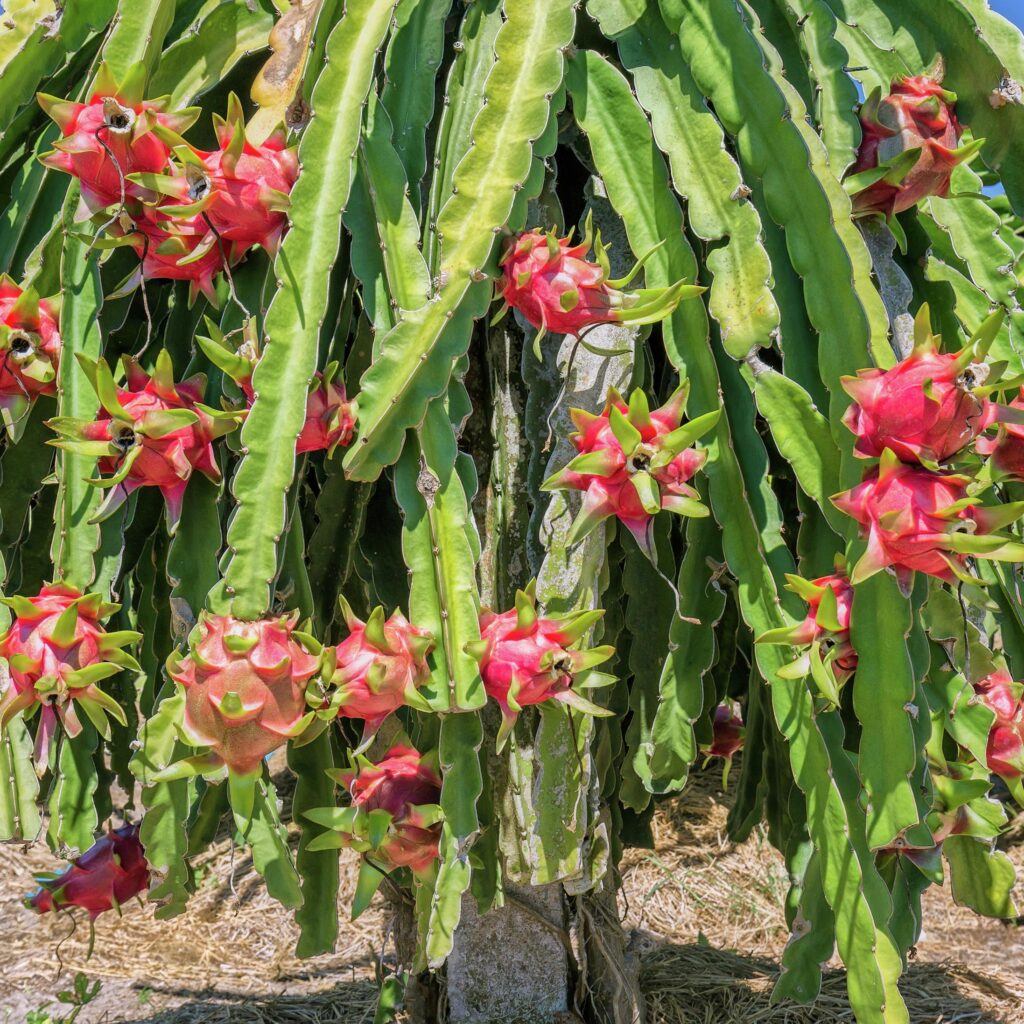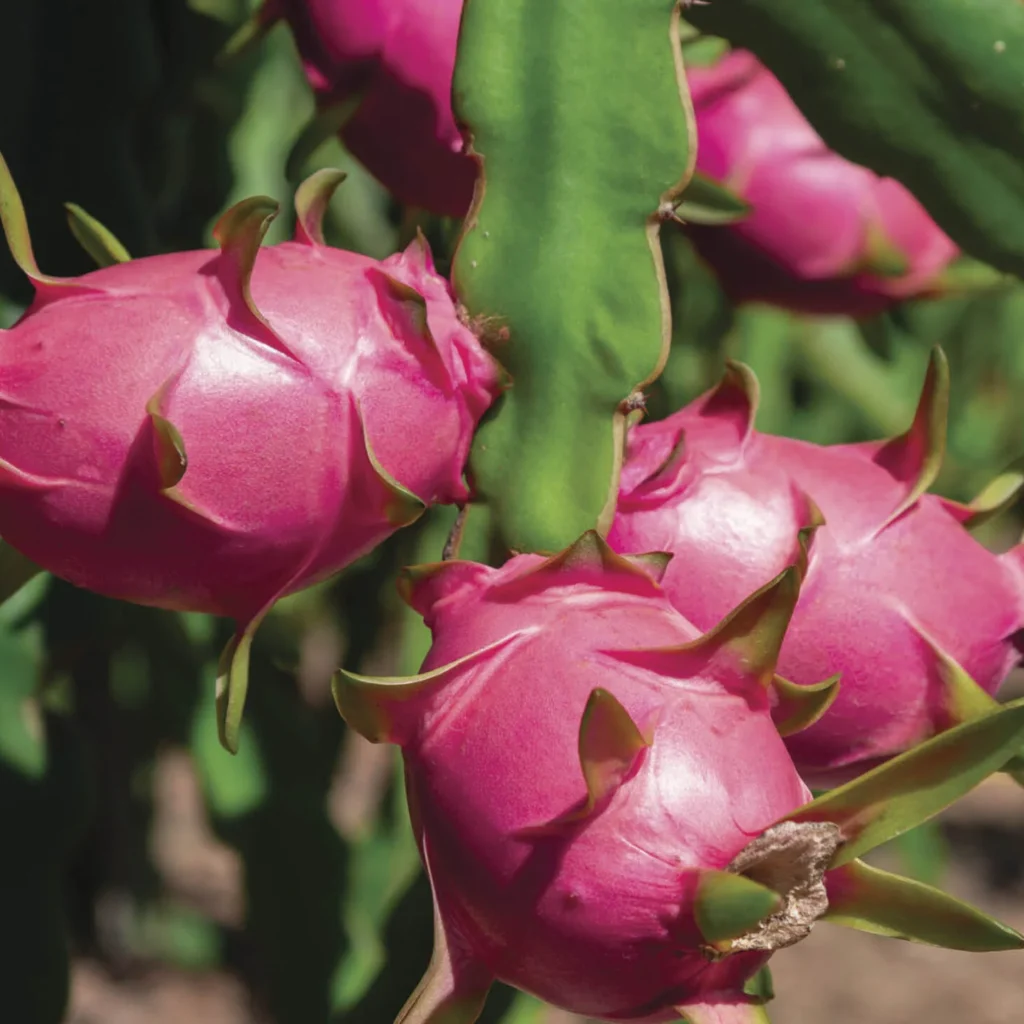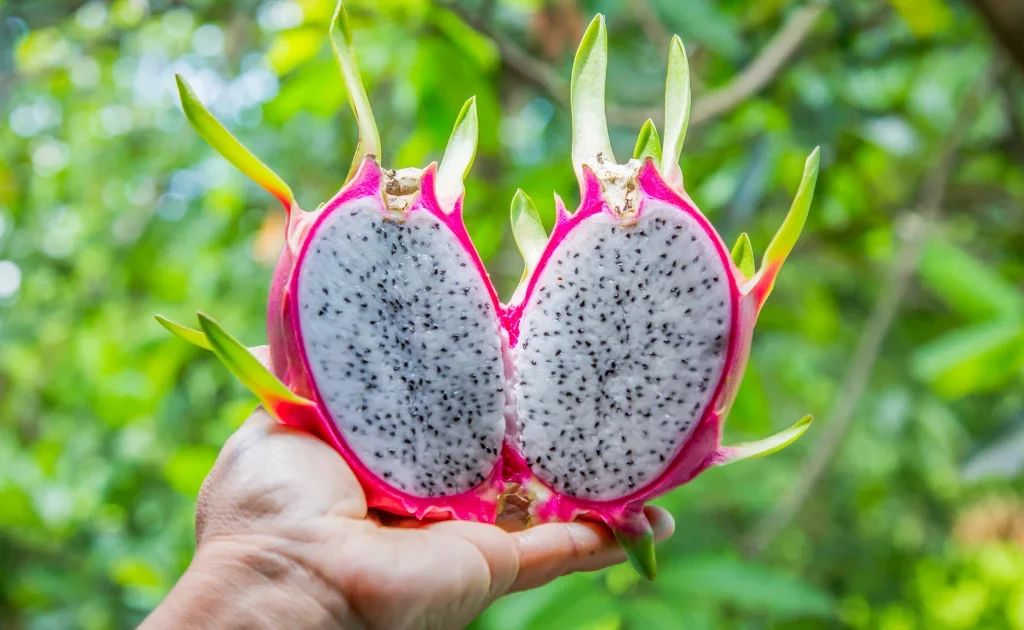If you’re dreaming of adding a touch of the exotic to your home garden, few plants are as fascinating and rewarding as the dragon fruit plant. Known for its stunning, otherworldly appearance and sweet, refreshing taste, dragon fruit — also called pitaya — is not only delicious but surprisingly easy to grow at home. Whether you have a sunny balcony, backyard garden, or even a large indoor space, this tropical climbing cactus can thrive with the right care.
In this complete guide, we’ll walk you through everything you need to know about growing a dragon fruit plant at home — from selecting the right variety to planting, trellising, care, and harvesting those vibrant, nutrient-packed fruits.

What is Dragon Fruit?
Dragon fruit comes from several species of climbing cacti in the genus Hylocereus and Selenicereus. Native to Central America and now widely cultivated in Southeast Asia, Australia, and warmer regions of the U.S., this fast-growing plant is prized for its bright pink, yellow, or red fruits with spiky skin and sweet, speckled flesh.
Types of dragon fruit:
- Hylocereus undatus: White flesh with pink skin.
- Hylocereus costaricensis: Red flesh with pink skin.
- Hylocereus megalanthus: White flesh with yellow skin.
Why Grow Dragon Fruit at Home?
There are plenty of reasons to add dragon fruit to your home garden:
- Strikingly beautiful appearance with large, night-blooming flowers.
- Delicious and healthy fruit packed with antioxidants, vitamin C, and fiber.
- Low maintenance once established.
- Can be grown in containers or directly in the ground in warm climates.
- Attracts pollinators like bats and moths with its fragrant blooms.

Ideal Growing Conditions
Dragon fruit plants prefer warm, humid climates and plenty of sunlight. Here’s what they need to thrive:
- Sunlight: 6-8 hours of direct sun per day.
- Temperature: Ideal range of 65°F to 85°F (18°C to 29°C). Protect from frost.
- Soil: Well-draining, sandy, or loamy soil with a slightly acidic to neutral pH (6.0-7.0).
- Water: Regular watering but never waterlogged. Cacti hate soggy soil.
How to Start a Dragon Fruit Plant
You can grow dragon fruit from seeds or cuttings, but cuttings are faster and more reliable for fruiting.
From Seeds:
- Scoop out seeds from a ripe dragon fruit.
- Rinse and dry them.
- Plant seeds in a seed tray with cactus soil or a well-draining mix.
- Keep moist and cover with plastic wrap to maintain humidity.
- Seeds germinate in 1-2 weeks.
- Transplant seedlings when they reach 6 inches tall.
Note: Seed-grown plants may take 5-7 years to bear fruit.
From Cuttings (Recommended):
- Obtain a healthy cutting 12-18 inches long from an established plant.
- Let the cutting dry for 3-5 days in a shaded spot to allow the cut end to callous.
- Plant the cutting 2-3 inches deep in a pot or directly in well-drained soil.
- Water lightly and keep in a bright, warm location.
- Roots develop within 2-4 weeks.
Cuttings can produce fruit in as little as 1-2 years with proper care.

Setting Up a Trellis for Dragon Fruit
Since dragon fruit plants are climbing cacti, they need a sturdy support system.
Trellis Options:
- Wooden or metal stakes
- Concrete posts with horizontal crossbars
- Vertical garden frames
- Garden pergolas or walls
Tip: Dragon fruit plants can grow up to 10-20 feet long, so plan for a vertical trellis that can handle both weight and height.
Caring for Your Dragon Fruit Plant
Once your plant is established, it requires regular but straightforward care:
Watering:
- Water when the top 1-2 inches of soil feels dry.
- Avoid overwatering to prevent root rot.
- Water more frequently during hot, dry months.
Fertilizing:
- Use a balanced slow-release fertilizer (10-10-10) every 2 months during the growing season.
- Supplement with a cactus-specific or low-nitrogen fertilizer as the plant matures.
- Reduce feeding in winter when growth slows.
Pruning:
- Remove weak, dead, or overcrowded stems.
- Trim back long, unruly branches to encourage fruiting.
- Prune after harvest or flowering for best results.
Pests and Diseases:
- Watch for aphids, ants, mealybugs, and scale insects.
- Use neem oil or insecticidal soap if needed.
- Prevent fungal diseases by avoiding overhead watering.

Flowering and Pollination
Dragon fruit plants produce huge, fragrant, white flowers that bloom at night — often called moonflowers. Flowers open for one night and wither by morning.
Some varieties are self-pollinating, while others need cross-pollination. To improve fruit set:
- Hand-pollinate at night using a soft brush to transfer pollen from one flower to another.
- If growing indoors, hand-pollination is essential.
Harvesting Dragon Fruit
Once pollinated, fruits will begin to develop and are typically ready to harvest within 30-50 days.
Signs of ripeness:
- Skin color turns bright and vibrant (pink, yellow, or red).
- Fruit gives slightly when pressed.
- Tips of the “flame-like” scales begin to turn brown.
Harvesting Tips:
- Use a clean, sharp knife or pruning shears.
- Twist the fruit gently from the stem.
- Store harvested fruit in the refrigerator for up to a week.
Growing Dragon Fruit in Containers
If you live in a cooler climate or have limited garden space, you can successfully grow dragon fruit in large pots.
Container Requirements:
- Use a 5-15 gallon container with good drainage.
- Fill with a cactus or sandy soil mix.
- Provide a trellis or stake for climbing support.
- Move containers indoors during frost or freezing temperatures.
Health Benefits of Dragon Fruit
Beyond its stunning appearance, dragon fruit is a nutritional powerhouse:
- Rich in antioxidants, vitamin C, and fiber
- Contains prebiotics that support gut health
- Low in calories and fat
- May boost immune function and promote healthy skin
Common Problems and Solutions
Problem: Yellowing stems
Cause: Overwatering or poor drainage
Solution: Reduce watering and improve soil aeration.
Problem: No flowers or fruit
Cause: Insufficient sunlight, fertilizer, or age
Solution: Ensure 6-8 hours of sun and feed regularly during growing season.
Problem: Fungal spots on stems
Cause: Excessive humidity or wet conditions
Solution: Prune infected parts, improve airflow, and avoid wetting the foliage.
Health and Nutritional Benefits
Dragon fruit, also known as pitaya, is packed with essential nutrients and antioxidants that promote overall well-being. It is rich in vitamin C, fiber, magnesium, and iron, making it excellent for boosting the immune system, improving digestion, and supporting bone health. The presence of antioxidants like betalains and flavonoids helps combat oxidative stress, reducing the risk of chronic diseases such as heart problems and certain cancers.
Supports Skin, Gut, and Metabolic Health
The high fiber content in dragon fruit supports a healthy gut by promoting the growth of beneficial bacteria. It also aids in stabilizing blood sugar levels, making it a good choice for people managing diabetes. Additionally, its hydrating properties and vitamin C content help improve skin texture and reduce signs of aging. Regular consumption can support metabolism, improve energy levels, and enhance overall vitality.
Final Thoughts
Growing a dragon fruit plant at home is a rewarding, visually stunning, and surprisingly easy gardening project. Whether you start from a cutting or seed, with a little patience, proper support, and consistent care, you’ll be rewarded with sweet, tropical fruit and a conversation-worthy plant.
Its unique, night-blooming flowers and striking fruits make it a standout addition to any home garden or sunny balcony.



Leave A Comment